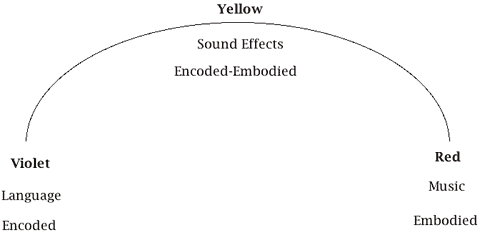Walter Murch has created for an essay called Womb Tone as a companion to his lecture, Dense Clarity – Clear Density, published at Transom. The article is illustrated with sound and film clips, detailing all the process. Don’t miss it!.. is very interesting.
Womb Tone
Hearing is the first of our senses to be switched on, four-and-a-half months after we are conceived. And for the rest of our time in the womb—another four-and-a-half months—we are pickled in a rich brine of sound that permeates and nourishes our developing consciousness: the intimate and varied pulses of our mother’s heart and breath; her song and voice; the low rumbling and sudden flights of her intestinal trumpeting; the sudden, mysterious, alluring or frightening fragments of the outside world — all of these swirl ceaselessly around the womb-bound child, with no competition from dormant Sight, Smell, Taste or Touch. […]
Dense Clarity – Clear Density
Simple and Complex
One of the deepest impressions on someone who happens to wander into a film mixing studio is that there is no necessary connection between ends and means. Sometimes, to create the natural simplicity of an ordinary scene between two people, dozens and dozens of soundtracks have to be created and seamlessly blended into one. At other times an apparently complex ‘action’ soundtrack can be conveyed with just a few carefully selected elements. In other words, it is not always obvious what it took to get the final result: it can be simple to be complex, and complicated to be simple.
The general level of complexity, though, has been steadily increasing over the eight decades since film sound was invented. And starting with Dolby Stereo in the 1970’s, continuing with computerized mixing in the 1980’s and various digital formats in the 1990’s, that increase has accelerated even further. Seventy years ago, for instance, it would not be unusual for an entire film to need only fifteen to twenty sound effects. Today that number could be hundreds to thousands of times greater. […]
